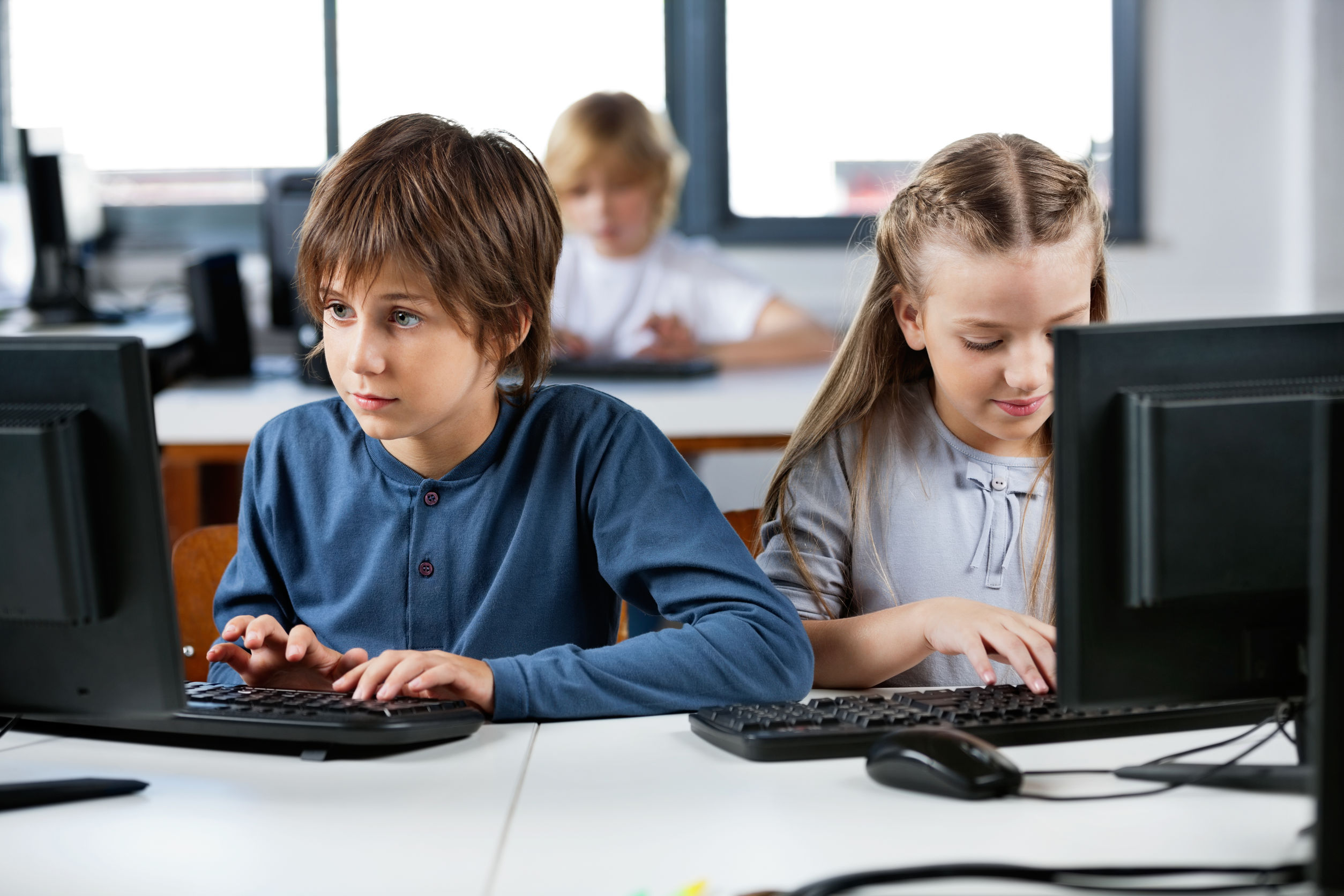Reading to children is more than a feel good activity
Environment influences brain architecture
Reading to children has long been considered the nice thing to do.
Research suggests, however, reading goes beyond being just a warm fuzzy. Reading is essential to children’s brain development and is “as important as fastening their seat belts and providing good nutrition,” says the Get Caught Reading website.
As children listen to caregivers read and describe accompanying pictures, they are introduced to “new sounds, words, ideas and expand thinking skills,” according to the Markham Stouffville Hospital’s Child Development Programs website.
Advances in neuroscience reveal that the structure of the brain is not genetically predetermined. As children are read to, existing brain cells fire up, connections between cells strengthen, and new cells are created to make the brain circuitry more intricate and defined, according to the University of Chicago report Rethinking the Brain: New Insights Into Early Development, Report of the Conference on Brain Development.
Because environmental influences play such a pivotal role in the development of children, it is essential to create a literacy-rich environment at home. The following tips offer 12 ways you can use the Linkonlearning system to do just that:
1) Listen to audiobooks; they are more than good entertainment
The Linkonlearning online library has a wide assortment of high quality audiobooks and books with audio and pictures. Audiobooks make an excellent addition to reading to your child. Think of them as inviting a librarian or storyteller into your home. Animated storybooks highlight sentences as they are being read. Children hear challenging phrases and words, foreign terminology, and geographical terms pronounced easily and correctly. While they listen, they build language skills necessary for academic success. Moreover, their spirits are fed, as lyrical prose transports them to the world of imagination.
2) Make reading an interactive experience
Listen together to audiobooks. Or take turns reading passages from a book to one another. Ask your child what might happen next. Discuss the ideas the book presents. Ask your child what was their favourite part and what they liked about the book. Have your child illustrate that part. Allow time for questions.
3) Discover the word of the day: one good word leads to another
Every day, Linkonlearning students are given a Word of the Day. Ask your child what the word of the day is, what it means, and provide opportunities for using that word throughout the day. Those opportunities can also take the shape of a number of writing exercises: sentences, stories, poetry, letters, etc.
4) Express interest in what children are learning and reading
Students read and hear a lot of information during their studies. Bring it home by asking them what they learned today. Have older children read to you their instruction pages or passages from books and magazines they find interesting. Find out what they think about the material. Be focussed on your child and interested in what they are saying. Listen actively. Ask questions, rephrase their answers and expand upon subjects and key concepts. Maybe you have some experience to share about the subject. Maybe there is a book at home that is related to the lesson. Lead them to related resources on the Internet, in the library or in the home.
5) Encourage older siblings to read to younger siblings
When it comes to reading, everyone in the family should be encouraged to be a good role model. Siblings often enjoy reading to one another. Younger and older siblings alike improve skills as they read to each other. Older siblings can also help younger siblings practice writing letters or basic words from their storybooks. Encourage children to retell a story to another child or a stuffed animal.
6) Create a cooking journal
Recipes are a good opportunity for building many different types of literacy and numeracy skills. For that reason, Linkonlearning includes recipes in reading lessons. Copying recipes is an excellent penmanship exercise. Allowing your child to measure and mix the ingredients builds numeracy skils. Don’t miss the opportunity to discuss the cultures and countries from which recipes originate. Introduce your child to journaling with a journal of recipes your child cooks or helps prepare. Have your child illustrate it with drawings or snapshots of the final product. Record family responses such as ratings, comments or facial expressions.
7) Make learning magnetic
Arranging letters on the fridge provides a visual and tactile experience that helps solidify learning. Use fridge magnets to spell your child’s name. Sound out each letter. Children can use magnets to spell words from the spelling list, lessons, or Word of the Day. Everyone can get in on the action. Why not use those words to inspire whole sentences, short stories, poetry or rhyming words? Use magnetic numbers to create simple arithmatic and mega numbers. Have children read equations and mega numbers out loud.
8) Craft a lesson
Create craft and science projects around the lessons. When children are learning the alphabet and numbers, create letters and numbers out of durable material for short words and common letter patterns. Sound out the individual letters and sounds of words using the cutouts. As children begin learning animal words, take them to the pet store or a petting zoo. History lessons can be enhanced with visits to museums and historical sites. Students who are learning about geology can benefit from seeing samples of various kinds of rocks.
9) Explore the Linkonlearning library
The Linkonlearning library has much more than books. Among available activities, students can improve their typing skills, complete their spelling drills, see the lifecycle of a butterfly, explore selected websites, or list their favourites in the Top Ten. Encourage your child to take note of books, movies, celebrities, TV shows, foods, toys, magazines, games, songs and hobbies and then make a contribution to the favourites page. This activity builds cultural awareness, encourages students to form opinions, and enables them to track how their opinions and perceptions can change over time.
10) Provide writing activities
Have your students read “How to write a book report” in our online library. Assign a book and a book report. Listen as they read their various drafts to you and offer feedback. Book reports can be submitted for sharing with the Linkonlearning community. Students can also enter Linkonlearning writing contests, read the submissions of other students and participate in one-on-one reading and writing lessons with Linkonlearning.
11) Have fun by making a game of everyday activities
Make learning fun. Take the pressure off by letting children learn at their own pace and remember that fun and games are a part of learning. Learning is contagious when parents keep a positive attitude about learning. The Linkonlearning recess area has a number of entertaining, educational games that aid literacy and numeracy development. Parents can also buy educational games such as Rabbit Round, Bosworth, Escapades, Noggin’s Countries of the World, Noggin’s Geography of Canada, Noggin’s Ancient Civilizations, Set, Qwitch, Blink, and Frapperdeck Multiplication. Provide matching games and puzzles.
12) Be a model of literacy
Parents are their children’s first teachers. As such, it is essential for children to their parents model literacy in the home. When children see their parents engaged in reading, writing, and learning activities, it sends a message with lasting impact. But parents can always use a little help with this. Family literacy programs around the country provide support to parents, help them model good literacy practices and enhance their child’s cognitive development, and equip parents with the necessary skills to be their child’s teacher and advocate.





